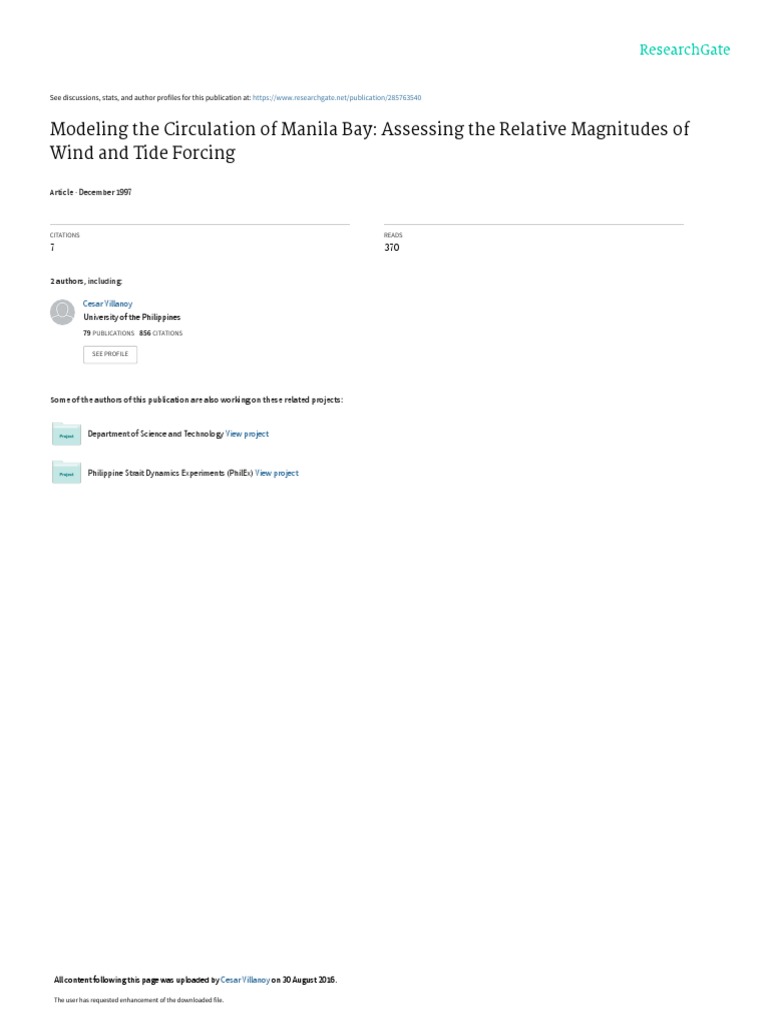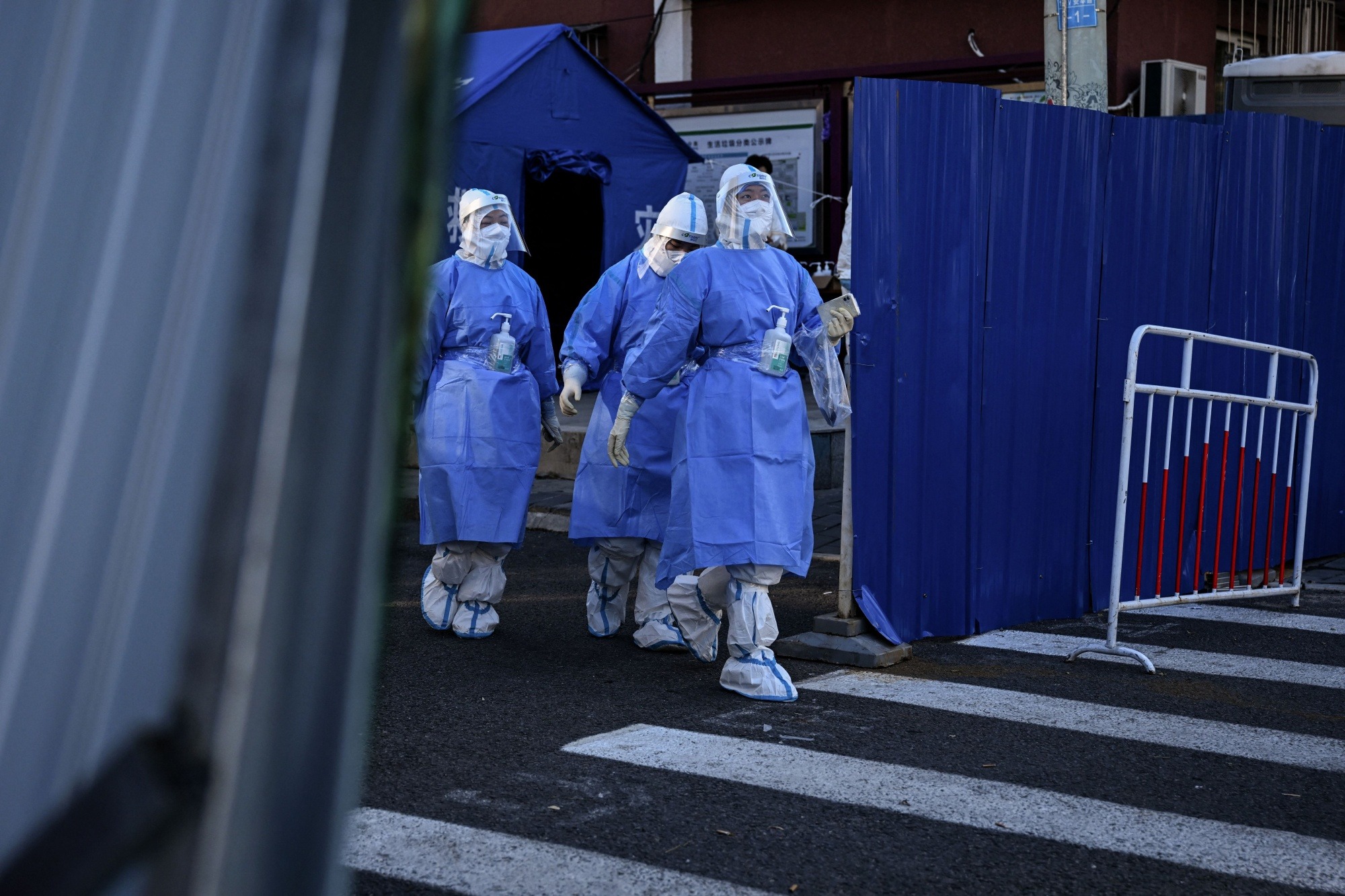Manila Bay: Assessing The Longevity Of Its Recent Transformation

Table of Contents
The Scope of the Manila Bay Rehabilitation Project
The Manila Bay rehabilitation project is a massive undertaking, aiming to restore the bay's ecological health and its economic viability. Its success depends on a multifaceted approach encompassing both immediate cleanup initiatives and long-term sustainability strategies.
Initial Cleanup Efforts and their Impact
The initial phase of the Manila Bay cleanup involved a concerted effort to address immediate pollution issues. Key actions included:
- Dredging: Significant dredging operations removed tons of accumulated sediment and debris from the bay's bottom, improving water flow and reducing pollution levels.
- Waste Removal: Massive cleanup drives involved thousands of volunteers and government personnel, collecting tons of plastic waste, discarded materials, and other pollutants from the shoreline and waterways.
- Mangrove Planting: Extensive mangrove reforestation projects were implemented to help stabilize the shoreline, filter pollutants, and provide crucial habitat for marine life.
These Manila Bay cleanup initiatives resulted in measurable improvements:
- Waste Reduction: Estimates indicate millions of kilograms of waste were removed from Manila Bay.
- Water Quality Improvement: While challenges remain, significant improvements in water quality parameters, such as dissolved oxygen levels, have been observed in certain areas.
- Increased Public Awareness: The initial cleanup efforts significantly raised public awareness about the importance of Manila Bay environmental protection and spurred increased community involvement.
Long-Term Sustainability Strategies
The long-term sustainability of the Manila Bay transformation hinges on a comprehensive strategy encompassing:
- Continuous Monitoring: Implementing robust water quality monitoring systems to track pollution levels and detect potential problems early.
- Waste Management Programs: Establishing effective waste management systems, including improved sewage treatment plants and waste recycling programs, to prevent future pollution.
- Public Awareness Campaigns: Continuing public education initiatives to promote responsible behavior and environmental stewardship.
- Community Involvement: Engaging local communities in the ongoing management and protection of Manila Bay through citizen science initiatives and sustainable development projects. This is vital for sustainable Manila Bay management.
Environmental Factors Influencing Longevity
The longevity of the Manila Bay rehabilitation project is significantly influenced by various environmental factors.
The Role of Pollution Control
While significant strides have been made, ongoing pollution remains a major challenge. Key pollution sources include:
- Industrial Discharge: Untreated or inadequately treated wastewater from industrial facilities continues to contaminate Manila Bay's waters.
- Agricultural Runoff: Fertilizers and pesticides from agricultural lands contribute to nutrient pollution and algal blooms.
- Improper Waste Disposal: Illegal dumping and insufficient waste management practices remain significant contributors to pollution.
Effective Manila Bay pollution control requires stricter enforcement of environmental regulations, improved industrial waste treatment, and sustainable agricultural practices. Continuous Manila Bay pollution monitoring is essential to track progress and identify emerging pollution sources.
Climate Change Impacts and Mitigation
Climate change poses a significant threat to the long-term health of Manila Bay. Potential impacts include:
- Sea Level Rise: Rising sea levels can inundate coastal areas, exacerbating pollution and habitat loss.
- Extreme Weather Events: Increased frequency and intensity of typhoons and storms can damage coastal ecosystems and reverse cleanup efforts.
Mitigation strategies are crucial, including:
- Coastal Protection Measures: Implementing coastal defenses, such as seawalls and mangrove restoration, to protect against erosion and sea-level rise.
- Climate Change Adaptation Plans: Developing comprehensive adaptation plans to manage the impacts of climate change on Manila Bay's ecosystem. This ensures Manila Bay climate resilience.
Socio-Economic Factors and Community Involvement
The success of the Manila Bay rehabilitation is intertwined with socio-economic factors and community engagement.
Economic Benefits and Sustainability
The improved state of Manila Bay has generated several economic benefits:
- Tourism: The cleaner waters and improved environment have attracted tourists, boosting local economies.
- Fishing: Improved water quality could potentially lead to increased fish stocks and revitalized fishing communities.
However, the sustainability of these economic activities depends on responsible resource management and the prevention of further pollution. Sustainable Manila Bay development requires balancing economic growth with environmental protection.
Community Participation and Awareness
Community participation is paramount to the long-term success of the Manila Bay rehabilitation. Effective strategies include:
- Citizen Science Initiatives: Engaging local communities in data collection and monitoring programs to improve environmental awareness and participation in the cleanup.
- Educational Programs: Implementing educational programs in schools and communities to raise awareness about the importance of protecting Manila Bay.
- Community-Based Monitoring: Empowering local communities to monitor pollution sources and report violations. This fosters a sense of ownership and responsibility for Manila Bay's future. This active Manila Bay community engagement is crucial for maintaining the progress achieved.
Conclusion
The Manila Bay rehabilitation project has achieved remarkable progress, transforming a once-polluted bay into a more pristine environment. However, the longevity of this transformation depends on continuous efforts in pollution control, climate change adaptation, and sustainable economic development. The active involvement of communities and ongoing public awareness campaigns are crucial for ensuring the long-term success of the Manila Bay cleanup and its continued transformation. The future of Manila Bay's stunning transformation hinges on continued commitment. Learn more about how you can contribute to the ongoing Manila Bay rehabilitation and help ensure its lasting beauty. Let's work together to protect this vital ecosystem and sustain the positive changes achieved through the Manila Bay rehabilitation and cleanup efforts.

Featured Posts
-
 Rezkiy Rost Zabolevaemosti Koryu V Mongolii
May 30, 2025
Rezkiy Rost Zabolevaemosti Koryu V Mongolii
May 30, 2025 -
 Aljdar Walastytan Thdyd Wjwdy Ytal 13 Hya Flstynya
May 30, 2025
Aljdar Walastytan Thdyd Wjwdy Ytal 13 Hya Flstynya
May 30, 2025 -
 Jacob Alon A Promising Talent To Follow
May 30, 2025
Jacob Alon A Promising Talent To Follow
May 30, 2025 -
 A Top 10 Hit In The Making Selena Gomezs Unreleased Song Takes The Lead
May 30, 2025
A Top 10 Hit In The Making Selena Gomezs Unreleased Song Takes The Lead
May 30, 2025 -
 25 Mal For Dolberg Analyser Af Et Potentielt Chokskifte
May 30, 2025
25 Mal For Dolberg Analyser Af Et Potentielt Chokskifte
May 30, 2025
